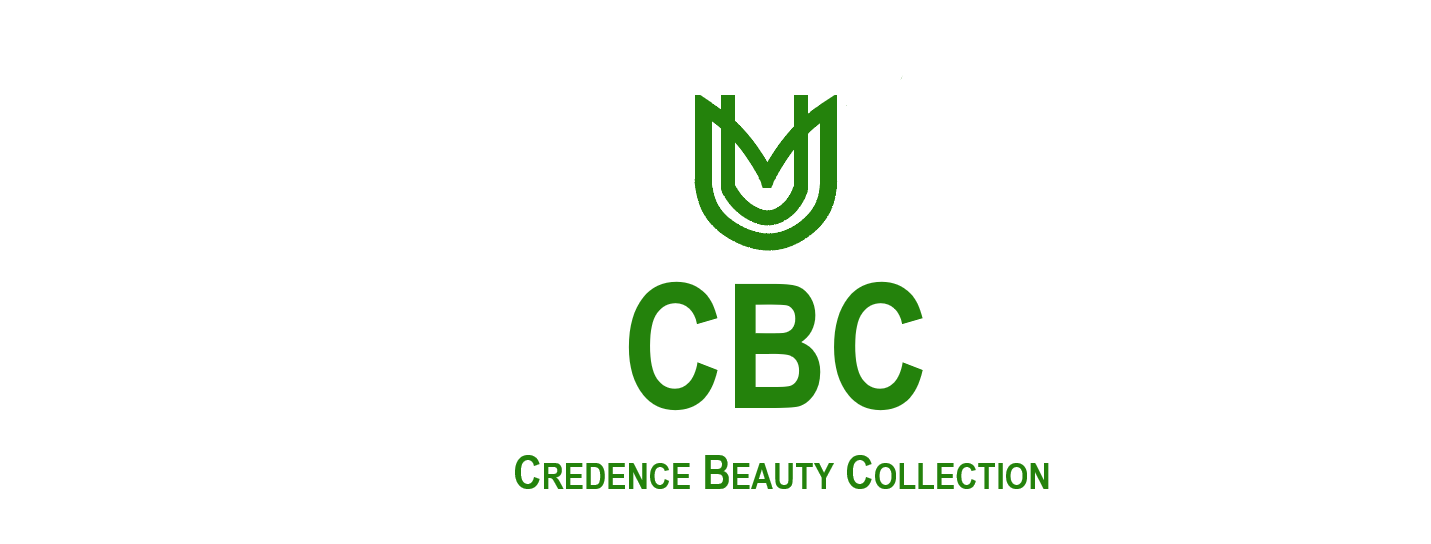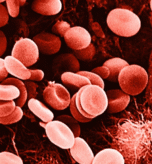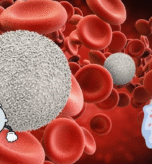Beauty tools have been an integral part of human grooming and self-care routines for thousands of years. From ancient civilizations to modern times, beauty tools have evolved significantly, reflecting changing societal values, technological advancements, and our understanding of skincare and beauty. In this article, we’ll embark on a journey through the history of beauty tools, exploring their development, significance, and impact on our beauty routines.
Ancient Civilizations (3000 BCE – 500 CE)
In ancient Egypt, beauty was a symbol of status, power, and spirituality. Egyptians used various tools to maintain their appearance, including:
- Malachite eye paint: Ground malachite, a green mineral, was used as eye shadow and eyeliner.
- Kohl eyeliner: A mixture of galena (a lead-based ore) and other ingredients was applied to protect the eyes from the sun and evil spirits.
- Tweezers: Made from bronze or copper, tweezers were used for hair removal and shaping eyebrows.
- Combs: Ivory, bone, or wooden combs were used for detangling and styling hair.
In ancient Greece and Rome, beauty tools became more sophisticated:
- Strigils: Curved metal tools used to scrape off dirt, sweat, and oil from the skin.
- Pumice stones: Used to exfoliate and smooth skin.
- Hair curling irons: Made from metal rods heated over fire, these irons were used to create curls and waves.
Middle Ages to Renaissance (500 – 1700 CE)
During the Middle Ages, beauty tools were often simple and homemade:
- Herbal face masks: Made from natural ingredients like honey, olive oil, and herbs.
- Rosewater: Used as a toner and fragrance.
- Combs and brushes: Made from wood, bone, or ivory.
In the Renaissance, beauty tools became more refined:
- Makeup brushes: Made from animal hair, these brushes were used to apply cosmetics.
- Perfume: Distilled fragrances became popular, and perfume bottles were crafted from glass and ceramics.
Industrial Revolution to Modern Era (1700 – 2000 CE)
The Industrial Revolution brought significant advancements in beauty tools:
- Electric razors: Invented in the late 19th century, electric razors made shaving easier and more efficient.
- Hair dryers: First introduced in the early 20th century, hair dryers revolutionized hair styling.
- Makeup sponges: Latex sponges were introduced in the mid-20th century, making makeup application more precise.
In the modern era, beauty tools have become increasingly sophisticated:
- Facial steamers: Used to open pores and deep clean the skin.
- Dermabrasion tools: Exfoliate and smooth skin using fine crystals or diamond tips.
- LED face masks: Use different wavelengths of light to target various skin concerns.
Contemporary Beauty Tools (2000 CE – present)
Today, beauty tools are more advanced and diverse than ever:
- At-home microcurrent devices: Stimulate facial muscles and improve skin texture.
- High-frequency wands: Used to target acne, reduce inflammation, and promote collagen production.
- Smart hairbrushes: Analyze hair health and provide personalized styling recommendations.
- 3D-printed beauty tools: Customizable tools tailored to individual skin types and concerns.
Conclusion
The history of beauty tools is a testament to human ingenuity and our enduring pursuit of beauty and self-care. From ancient civilizations to modern marvels, beauty tools have evolved to reflect changing societal values, technological advancements, and our understanding of skincare and beauty. As we continue to innovate and push boundaries, it’s exciting to think about what the future of beauty tools will hold



